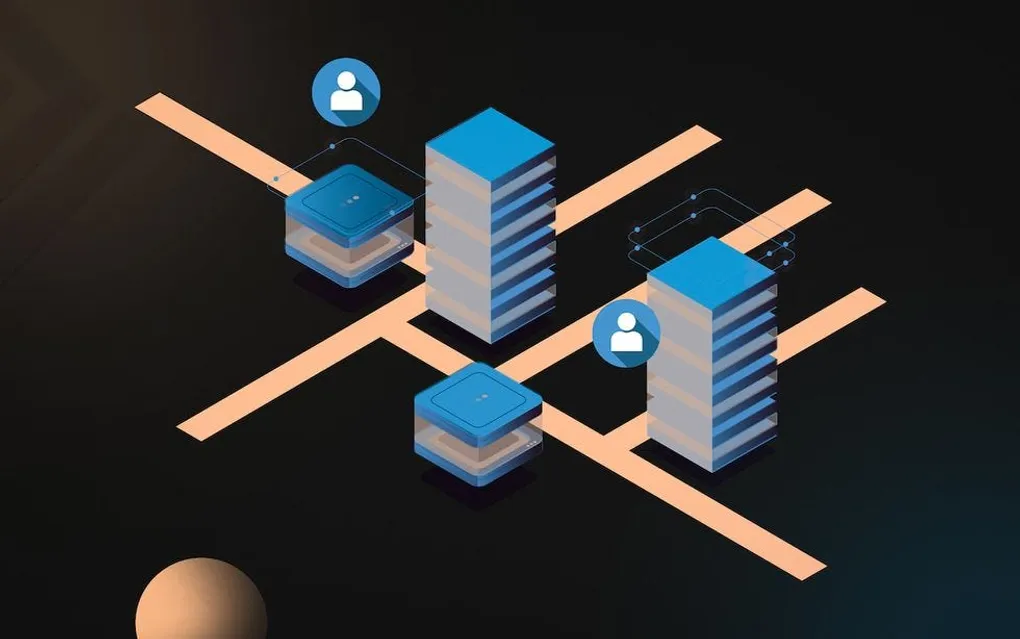
Choosing the Right Backend: Laravel, NestJS, and the Future of Scalable Systems
In every successful software project, the backend is where the real magic happens — the logic, data, and structure that power user experiences.
As someone who has built dozens of production systems using Laravel, NestJS, and other frameworks, I’ve learned that choosing the right backend isn’t about the language — it’s about the architecture and purpose.
1. Laravel — Productivity and Elegance
Laravel remains one of the most developer-friendly frameworks in the PHP ecosystem.
It’s ideal for startups and small to mid-scale businesses looking for rapid development with reliability.
Key highlights:
- Built-in authentication, queues, caching, and mail systems
- Blade templating and robust ORM (Eloquent)
- Works beautifully with MySQL, PostgreSQL, or Redis
- Great for REST APIs, SaaS platforms, and admin dashboards
Laravel shines when you need to ship fast without sacrificing maintainability.
2. NestJS — Enterprise-Ready Node.js Framework
NestJS brings TypeScript, strong typing, and modular design to Node.js.
Inspired by Angular’s architecture, it’s structured, testable, and scalable — perfect for teams that need predictable organization and performance.
Why NestJS stands out:
- Modular, dependency-injected architecture
- Built-in support for WebSockets, GraphQL, and microservices
- Integrates seamlessly with PostgreSQL, MongoDB, or Redis
- Excellent for large, distributed systems and real-time apps
NestJS isn’t just another Node.js framework — it’s Node done right.
3. Combining Strengths — API Gateway and Microservices
Many modern products use both.
Laravel can serve as an API gateway or management layer for web apps, while NestJS handles microservices for real-time or high-performance operations.
This hybrid approach gives flexibility — using the right tool for each domain.
4. Backend Design Principles That Scale
Regardless of framework, the same fundamentals apply:
- Use Clean Architecture and domain separation
- Apply DDD (Domain-Driven Design) where applicable
- Implement caching, rate limiting, and monitoring
- Prioritize documentation and automated testing
- Think in terms of systems, not files or functions
Backend systems are the invisible backbone of every product.
Choosing between Laravel or NestJS isn’t about competition — it’s about fit, context, and scalability.
If you’re planning your next backend system or modernizing your stack,
👉 Connect with me — let’s design something that lasts.